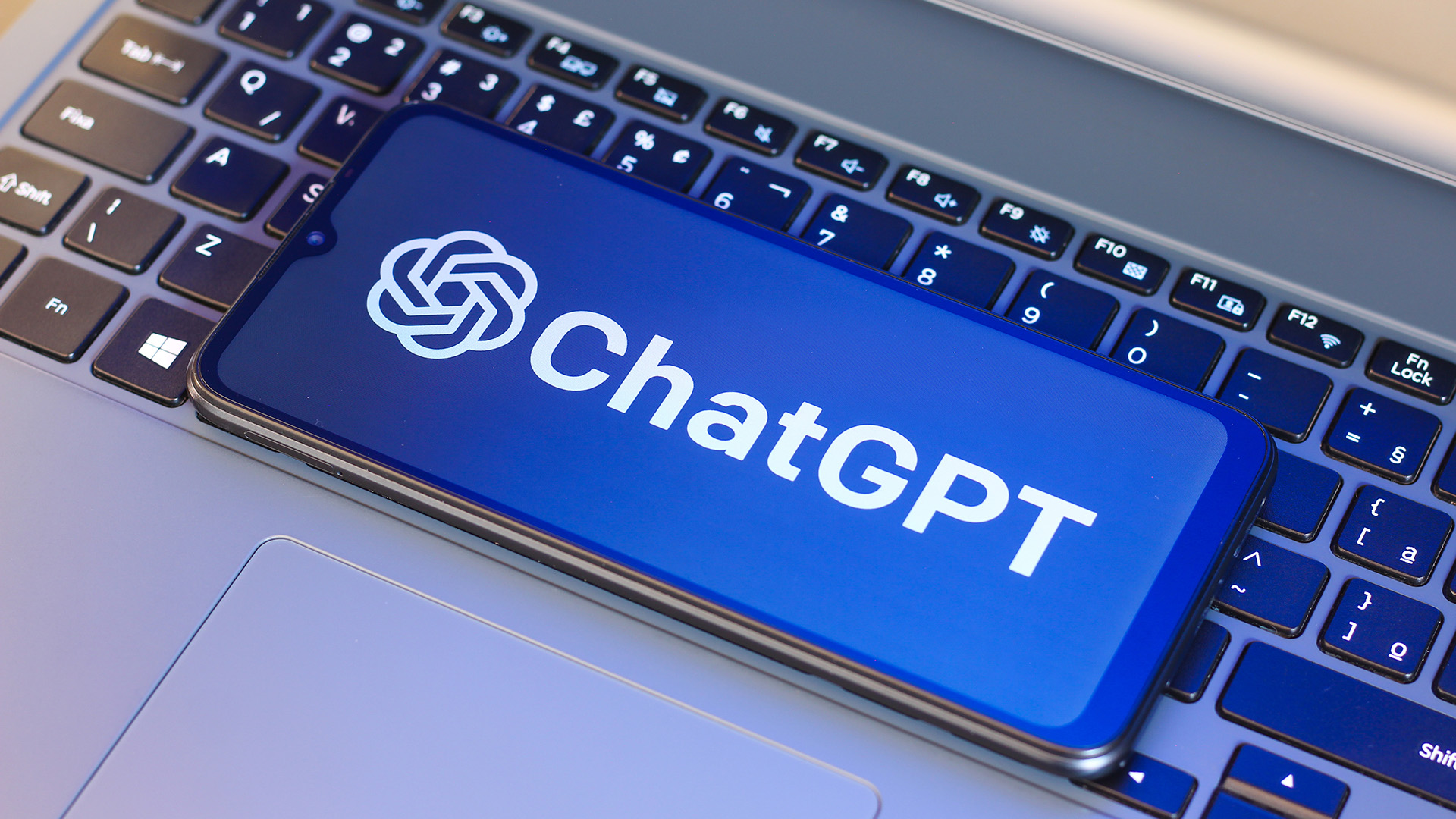OpenAI’s o3 mini reasoning model follows the release of o1 to its broad availability during the company’s 12 days of ‘shipmas’ in December 2024, and the ChatGPT maker is getting ready to launch it just a couple of weeks, according to a recent post shared by CEO Sam Altman on X:
“thank you to the external safety researchers who tested o3-mini. we have now finalized a version and are beginning the release process; planning to ship in ~a couple of weeks. also, we heard the feedback: will launch api and chatgpt at the same time! (it’s very good.)”
thank you to the external safety researchers who tested o3-mini.we have now finalized a version and are beginning the release process; planning to ship in ~a couple of weeks.also, we heard the feedback: will launch api and chatgpt at the same time!(it’s very good.)January 17, 2025
While seemingly touting its user experience as “very good,” Sam Altman indicated the development of the reasoning model was heavily influenced by user feedback, prompting the company to launch the application programming interface (API) and ChatGPT simultaneously.
o3 mini details are still cloudy
OpenAI o3 mini is part of the ChatGPT maker’s o3 reasoning models and successors of the o1 reasoning models. As you may know, OpenAI o1 reasoning models ship with advanced reasoning capabilities across science, math, and coding. OpenAI o1 and o1-mini are reportedly exceptionally great at writing and detecting errors in code, passing OpenAI’s research engineer hiring interview for coding at a 90-100% rate — potentially claiming software engineering jobs from humans.
Based on this premise, OpenAI o3 reasoning models are expected to supersede o1 reasoning models at handling complex tasks across science, code, and maths better. While the o3 mini reasoning model is considerably smaller than other models in its range, it’s expected to ship with greater capabilities.
The ChatGPT maker first highlighted its plans to develop and ship its range of o3 reasoning models towards the end of last year, with o3 mini shipping by the end of January 2025. Last April, Microsoft unveiled Phi-3 Mini, a lightweight AI model that promises to ship with similar capabilities as GPT-3.5 despite being smaller. OpenAI’s o3 mini is expected to compete with Microsoft’s Phi-3 Mini model alongside entries in the same range from other competitors, including Anthropic and Google.
However, whether the o3 range of reasoning models will be available to free users or tied to OpenAI’s $20 ChatGPT Plus and Teams monthly subscriptions like the o1 series is unclear. Interestingly, Sam Altman indicated that users subscribed to OpenAI’s $200 ChatGPT Pro plan will have an added advantage while using o1 as the model “can think harder for the hardest problems.”





